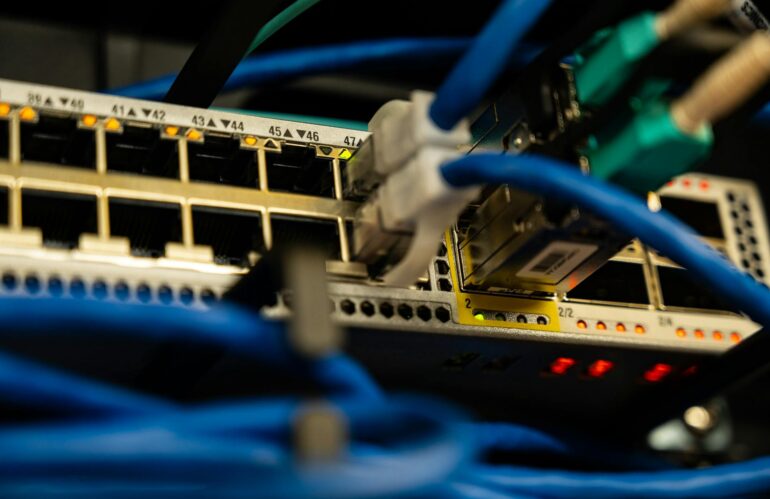Juggling switch ports and setting them up with VLAN configuration can be a difficult and time-consuming task at times. Switches use a variety of interfaces such as SPI/I2C/MDIO that can be used to access registers on the switch and control the port in order to do things such as specifying which VLAN a physical port …
Category: Linux
Improving real-time performance with the Realtime Linux Analysis Tool (RTLA)
“Real-Time” can be defined as a system’s ability to to respond to inputs or events in a timely manner, in order to meet an imposed timing “deadline”. Failure to meet the deadline in a Hard Real-Time system is a catastrophic failure. In a Soft Real-Time system, however, occasional deadline violations are permitted, the occurrences of …
Exploring CHERI, RISC-V Linux Ecosystem
We’ve covered CHERI, and our involvement with the development of the ARM Morello yocto layer before, so for those who aren’t aware of what it is we recommend looking back through our previous blog posts on Introducing ARM Morello and CHERI, and Linux Yocto layer for the ARM Morello board, CHERI (Capability Hardware Enhanced RISC …
The Impact of Non-Blocking Consoles (nbcon) on Linux Boot Time
During the Linux boot process, the boot console is responsible for relaying boot messages to the user. On embedded systems this console is often attached to a serial port that can only handle a maximum data rate of a few kilobytes per second which degrades overall boot time. In this post we’ll explore how the …
Secure Storage with i.MX 95 Verdin EVK using Trusted Keys with OP-TEE
In our previous blog post, we explored securing keys and certificates with Toradex’s recently launched i.MX 95 Verdin Evaluation Kit. We also demonstrated how to build and customise a Yocto reference image for the i.MX 95 Verdin EVK, leveraging OP-TEE and PKCS#11 which you can find here. Another essential aspect of achieving a high level …
Securing Keys and Certificates with i.MX 95 Verdin EVK using PKCS#11 with OP-TEE
Toradex recently launched the i.MX 95 Verdin Evaluation Kit, designed to accelerate next-generation Edge AI, automotive, industrial and medical applications all of which are industries that require high levels of security. An essential aspect of achieving a high level of security is the management and storage of cryptographic keys. This is crucial for authenticating to …
The Good Penguin speaks at the Embedded Open Source Summit 2024 in Seattle
Earlier this year, our founder Andrew Murray presented a talk at the Embedded Open Source Summit 2024 in Seattle. The talk was about SD cards, their performance and reliability. The synopsis of the talk follows: “The underlying storage of an SD card is NAND flash, which is inherently unreliable, has a limited number of program/erase …
Linux Yocto layer for the ARM Morello board
We have recently developed and now maintain the meta-morello Yocto layer for ARM’s Morello board which has now became part of the official software stack. The layer is capable of providing the firmware image that goes on the SD card and a bootable image with Linux that goes on the USB stick, these two images …
ARM Morello with Linux
ARM has recently made their Morello development on the Linux kernel public and since we are lucky enough to have access to the Morello board we decided to give this a spin. This is in contrast to our last blog post which used an Android stack and ran in a simulator. Kernel development in the …
Understanding why USB Isochronous Bandwidth Errors Occur
A recent customer asked us to make sense of USB bandwidth errors that prevented them from streaming multiple USB audio and video streams simultaneously. Their GStreamer pipelines would fail and a “uvcvideo: Failed to submit URB 0 (-28).” message would be seen in dmesg. The interesting part is that the errors would only occur if …









